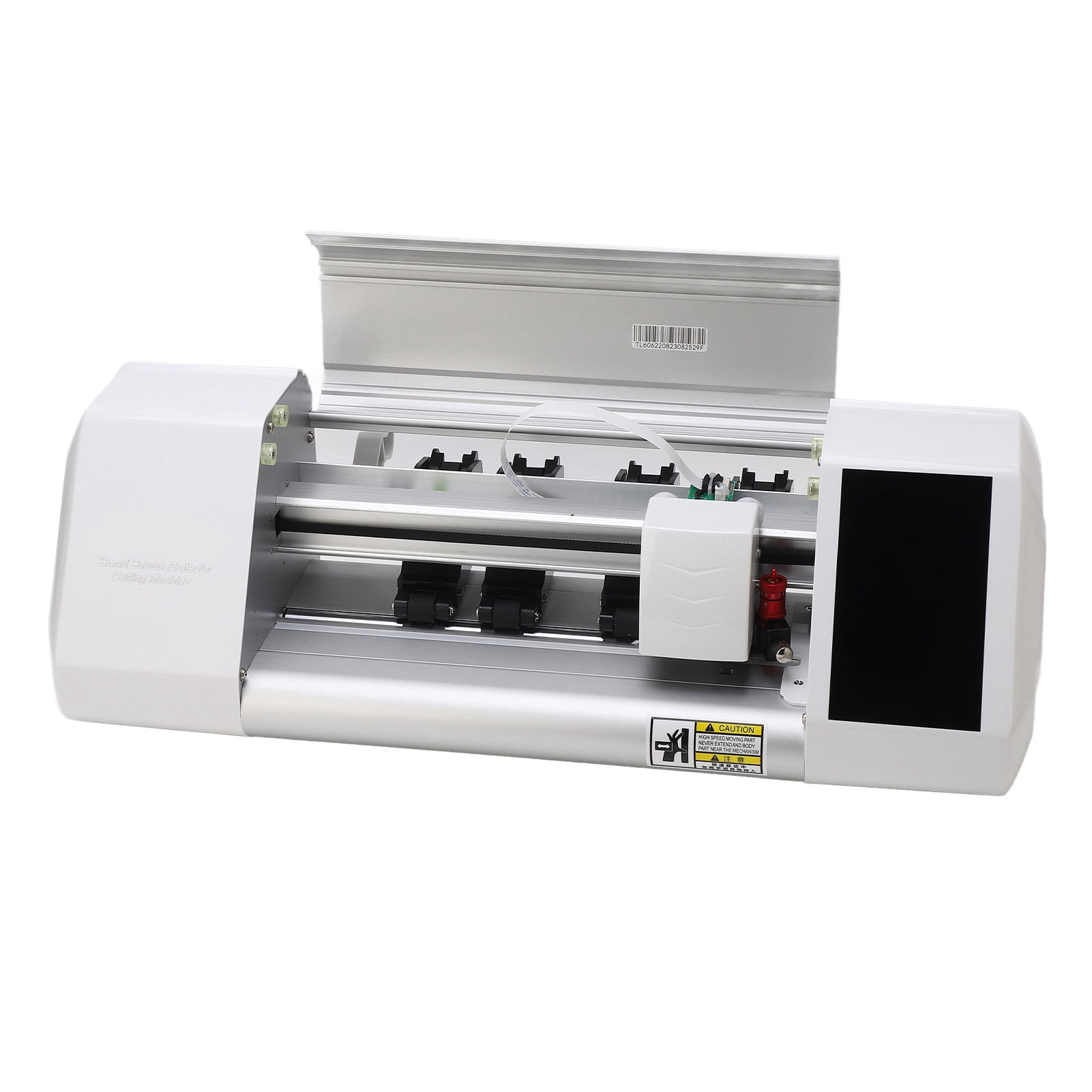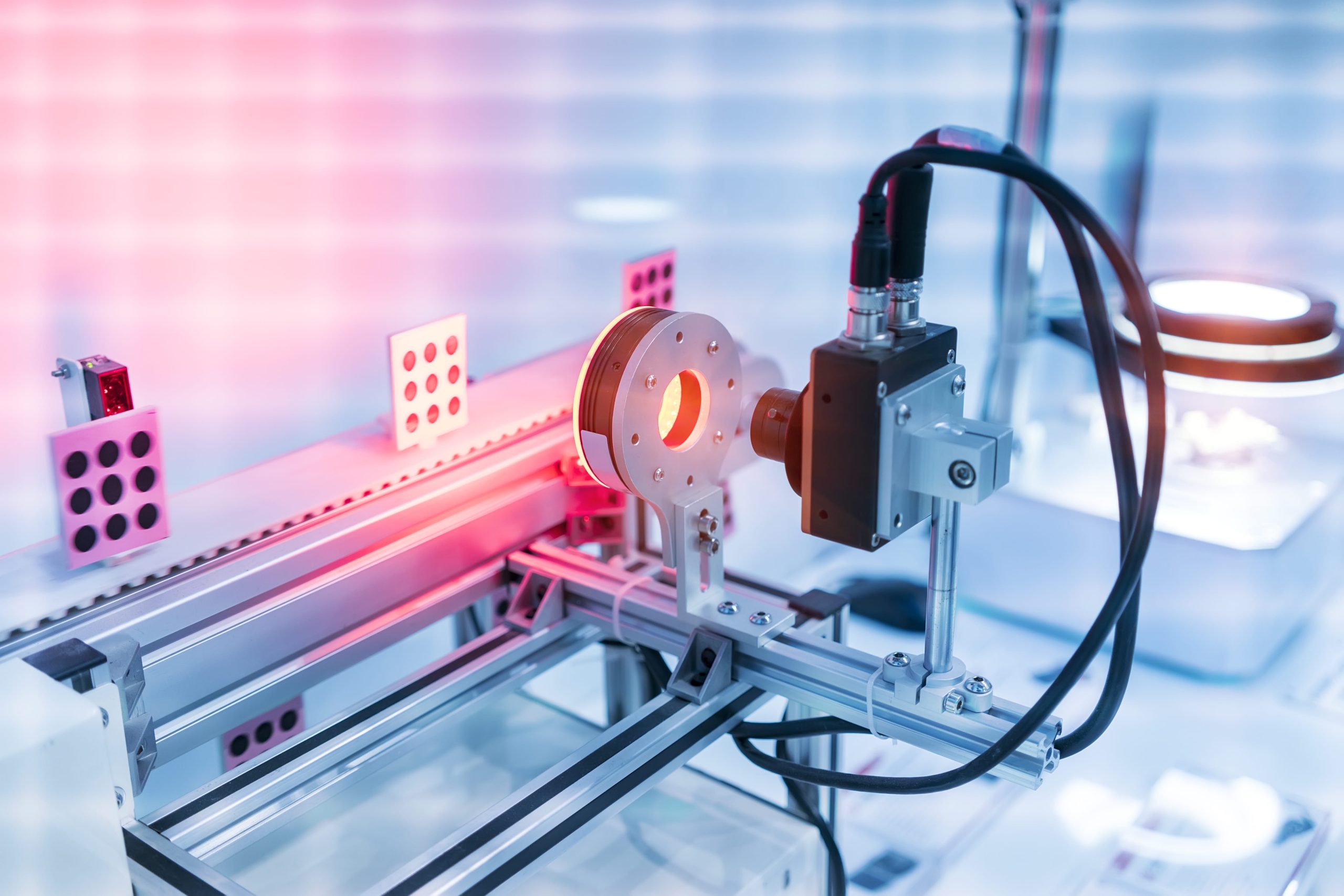In today’s digital age, smartphones, tablets, and other touchscreen devices have become an essential part of our daily lives. Protecting these devices from scratches, cracks, and smudges is crucial, which makes screen protectors a must-have accessory. However, applying a screen protector perfectly can be a challenging task. This is where a screen protector machine with pro-grade precision steps in to revolutionize the process.
This article explores everything you need to know about the Screen protector machine, its benefits, and why it is a game-changer in ensuring perfect, bubble-free screen protection.
What is a Screen Protector Machine?
A screen protector machine is a specialized device designed to assist in the precise application of screen protectors on electronic devices. Unlike manual application methods, this machine automates the process, minimizing errors such as misalignment, bubbles, and dust particles trapped beneath the protector.
With the rise in demand for flawless screen protection, these machines have become indispensable in retail stores, repair shops, and even among serious tech enthusiasts.
Why Pro-Grade Precision Matters
When it comes to applying screen protectors, precision is everything. A slight misalignment or trapped air bubbles can ruin the look and functionality of the screen protector, leading to dissatisfaction and sometimes even damage to the device’s display.
A screen protector machine ensures pro-grade precision by:
- Accurately aligning the protector with the device’s screen edges
- Eliminating air bubbles and dust particles during application
- Applying uniform pressure to secure the protector firmly without damage
This level of precision guarantees a smooth, clear, and long-lasting screen protection that manual application often fails to achieve.
How Does a Screen Protector Machine Work?
The operation of a screen protector machine involves a combination of sensors, alignment guides, and controlled pressure systems. Here’s a simplified breakdown:
- Device Placement: The device is securely placed on the machine’s platform.
- Alignment: Using laser guides or sensors, the machine detects the exact dimensions and edges of the screen.
- Protector Placement: The screen protector film is loaded into the machine.
- Application: The machine slowly lowers the protector onto the screen with consistent pressure, avoiding bubbles and misalignments.
- Final Check: Some advanced models feature quality control scans to ensure perfect application before releasing the device.
Benefits of Using a Screen Protector Machine
1. Perfect Alignment Every Time
Manual application is prone to human error. The screen protector machine guarantees that every protector is aligned with millimeter precision.
2. Bubble-Free Application
Air bubbles trapped under the protector can be unsightly and reduce touch sensitivity. The machine’s controlled pressure and air evacuation system prevent this issue.
3. Time Efficiency
For businesses or repair shops, speed is critical. The machine can apply protectors much faster than manual methods, boosting productivity.
4. Reduced Waste
Misapplied protectors often have to be discarded, increasing costs. The precision of the machine reduces this waste significantly.
5. Enhanced Customer Satisfaction
Clients receive flawless screen protection, leading to higher satisfaction and repeat business for retailers and technicians.
Applications of Screen Protector Machines
- Retail stores: Providing professional installation services to customers
- Repair shops: Ensuring quality post-repair screen protection
- Manufacturing: Applying screen protectors in device assembly lines
- Personal use: For tech enthusiasts wanting a flawless protector application
Choosing the Right Screen Protector Machine
When selecting a screen protector machine, consider these factors:
- Compatibility: Ensure the machine supports a wide range of device sizes and types.
- Precision Technology: Look for machines with advanced sensors and alignment systems.
- Ease of Use: User-friendly interfaces and quick setup are essential for efficient operation.
- Durability and Build Quality: A sturdy machine withstands frequent use in busy environments.
- Cost: Balance features with budget constraints. Higher-end models offer more automation and accuracy.
Maintenance Tips for Your Screen Protector Machine
To keep your screen protector machine running smoothly:
- Regularly clean the platform and sensors to avoid dust buildup.
- Follow manufacturer guidelines for calibration and servicing.
- Handle screen protectors carefully to prevent dust and wrinkles.
- Keep software or firmware updated if applicable.
The Future of Screen Protector Machines
As touchscreen devices continue to evolve, so will the technology behind their protection. Future screen protector machines may incorporate AI to detect even the smallest imperfections or integrate with device diagnostics to customize protector types and thickness. The ongoing focus will be on making screen protection easier, faster, and more reliable.
Conclusion
The demand for flawless screen protection has never been higher, and the screen protector machine with pro-grade precision stands out as the ideal solution. By combining accuracy, speed, and ease of use, it ensures every application is perfect, enhancing device longevity and user satisfaction.
Whether you’re a retailer, technician, or tech enthusiast, investing in a screen protector machine is a smart move that saves time, reduces waste, and guarantees professional results every time.
Embrace this innovative technology today and say goodbye to imperfect, bubble-filled screen protector applications forever. Explore our homepage now to stay ahead in the digital world.
FAQ
Q1: Can a screen protector machine apply protectors on curved screens?
A1: Yes, many modern screen protector machines are designed to handle curved screens by adjusting pressure and alignment to fit the device contours precisely.
Q2: Is a screen protector machine suitable for personal use?
A2: Absolutely. While commonly used in retail and repair environments, many compact and affordable models are available for personal use to achieve professional results.
Q3: How long does it take to apply a screen protector using a machine?
A3: Typically, a screen protector machine can apply a protector in under a minute, making the process significantly faster than manual methods.



